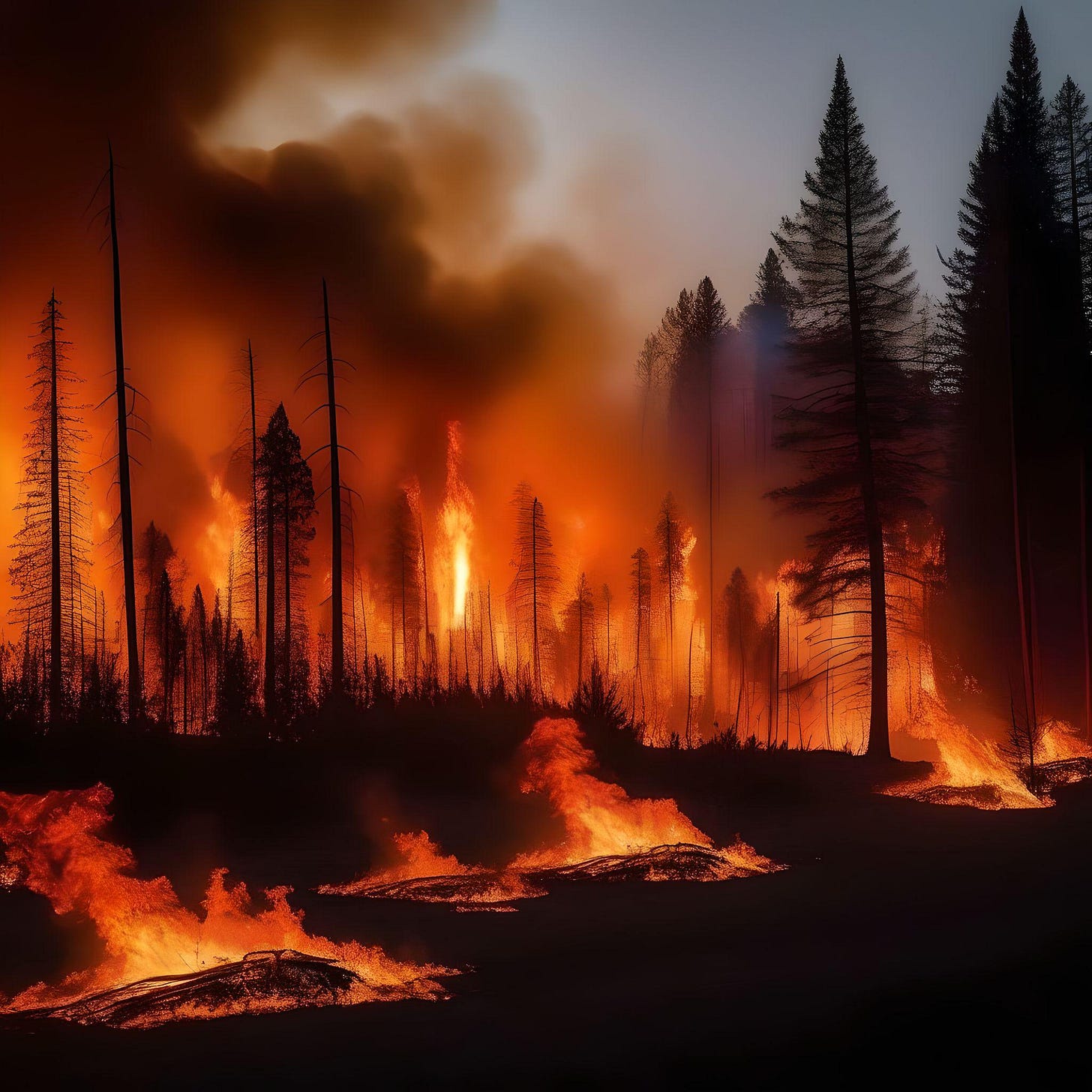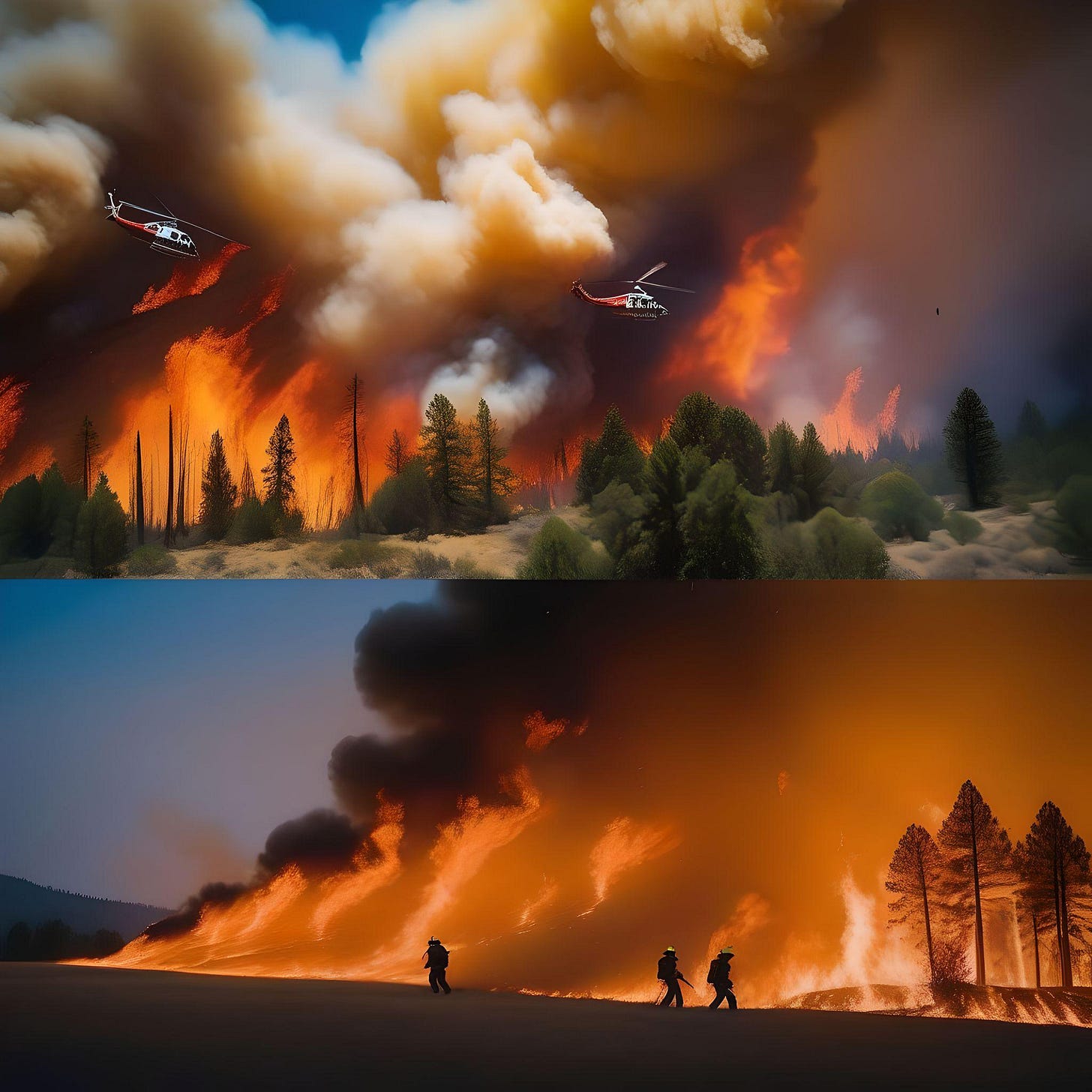Predicting the Flames:
How Foresight Shapes Wildfire Management in the Modern Era
Wildfires, while part of natural ecological cycles, have become increasingly frequent and destructive due to a combination of climate change, land-use alterations, and evolving weather patterns. In 2024 and 2025, regions from Canada to Australia and southern Europe witnessed record-breaking wildfire seasons—with longer burn periods, rapid spreads, and a rise in so-called “megafires.” The capacity to forecast and anticipate wildfires has therefore shifted from a scientific aspiration to a necessity for protecting lives, infrastructure, and ecosystems.
Technological Breakthroughs in Wildfire Prediction
The science of wildfire prediction has advanced rapidly in the last few years. Traditional forecasting systems, which relied heavily on weather data, have been supplemented—and in some cases surpassed—by machine learning (ML) and artificial intelligence (AI) techniques capable of integrating vast and diverse datasets.
ML and Generative AI: By processing data from satellites, ground sensors, historical ignitions, vegetation moisture, and real-time climate conditions, modern ML models surpass the accuracy and speed of conventional “fire weather” prediction. A 2025 machine learning tool developed by ECMWF (European Centre for Medium-Range Weather Forecasts) improved risk targeting in southern California by up to 30% compared with older Fire Weather Indices, particularly by integrating human presence, lightning, and real-time fuel dryness into predictions.
High-Resolution, Real-Time Models: Tools like Convection Allowing Models (CAM) and Probability of Fire (PoF) models can produce global forecasts at 1 km resolution and offer near-real-time risk maps, supported by data from satellites such as MODIS and VIIRS. These approaches allow for localised, short-range warnings and more precise forecasts of not just fire danger but of likely fire spread and intensity.
Generative AI for Spread Simulation: Generative AI models such as GANs and VAEs, first deployed on major wildfires in California and southern Europe in 2024, can create thousands of realistic fire scenarios within seconds. This data-augmentation helps models predict fire spread in 2D and even 3D, outperforming some physics-based simulators and aiding in training next-generation forecasting systems.
Practical Impact: Forecasting as the Pillar of Wildfire Management
Enhanced predictions are transforming every stage of wildfire management:
Risk Mapping and Prevention: AI-generated maps now identify “hotspots” for ignition days in advance, shaping where firebreaks are cut and where controlled burns are scheduled.
Resource Allocation and Pre-Emptive Response: Fire agencies can deploy teams, aircraft, and equipment to high-risk zones proactively, ensuring faster initial response that can dramatically reduce fire growth.
Evacuation and Public Safety: With improved prediction lead time, authorities in places like Los Angeles and the Mediterranean can issue targeted evacuation orders, update residents through automated alert systems, and pre-position humanitarian resources more effectively.
Vegetation and Fuel Management: Forecasting tools now assist not just in emergency response, but in year-round land management. By pinpointing where fuel loads are building to risky levels, agencies can plan strategic controlled burns to reduce the likelihood and intensity of future fires.
Challenges and Limits of Prediction
Despite these advances, wildfire prediction is still constrained by several factors:
Unforeseen Weather and Rapid Changes: Sudden shifts in wind, humidity, or the onset of storms can invalidate even the best predictions, leading to either missed events or over-commitment of resources.
Data Quality and Human Factors: While models are growing more adept at capturing physical drivers of fire, predicting human-caused ignitions—over 90% of wildfires—remains highly challenging. Inaccurate or sparse data input can reduce model reliability.
Resource Misallocation and Public Trust: Both over-warning and under-warning can have consequences—wasting public funds or eroding public trust in fire warnings.
Model Bias and Adaptability: Some models perform better in data-rich regions or for certain fuel types and struggle to adjust to novel ecosystems or unprecedented climate patterns.
Ethical and Regulatory Dimensions: Increased reliance on AI raises new questions about accountability, transparency, and privacy in emergency management.
Looking Forward: The Future of Wildfire Prediction
Recent research points towards an integrated future where:
Satellite and ground sensor networks, feeding multimodal data into AI-driven models, deliver rolling, real-time wildfire risk maps at fine scales.
Generative and explainable AI not only forecast fire location and spread but test the probable impacts of different management scenarios, informing long-term policy for climate adaptation.
Practical deployment of mobile AI tools enhances local decision-making and response in rural or resource-constrained areas.
Regulatory frameworks and public communication strategies are designed alongside predictive technology—building trust while managing risk.
In 2025, as seen in southern California, Canada, and the Mediterranean, the integration of next-generation AI with traditional management is already saving lives and mitigating losses—though no predictive tool will ever eliminate wildfire risk entirely.
References
Di Giuseppe, F. et al. (2025). “A new machine learning tool for improved wildfire prediction.” Nature Communications.
NOAA (2024). “Improving Wildfire Prediction with Convection-allowing Models.”
Xu, H. et al. (2025). “Generative AI as a Pillar for Predicting 2D and 3D Wildfire Spread.” arXiv preprint arXiv:2506.02485.
Lombard Odier (2025). “Predicting the flame: how AI is reshaping our response to wildfires.”
Copernicus Emergency Management Service (2025), Wildfire Programme.
WFCA (2025). “New Technology in Fire Forecasting.”
Sample Geography Examination Questions
Explain how advances in machine learning and AI have enhanced the capability of predicting and managing wildfires since 2024.
Discuss the limitations and ethical challenges associated with the use of AI-driven wildfire prediction models, drawing on recent examples.
With reference to recent wildfire events in North America or Europe, analyse how high-resolution forecasting has influenced resource allocation and emergency response.
Evaluate the role of generative AI in simulating wildfire spread and its implications for risk management in fire-prone regions.
Assess the extent to which the integration of complex climate and land-use data into predictive models has improved wildfire preparedness and community resilience.
Check out my FREE downloadable Teaching Resources





